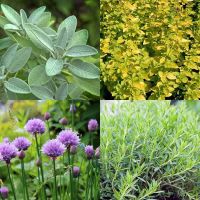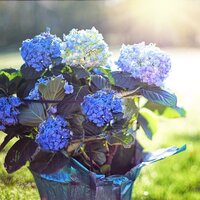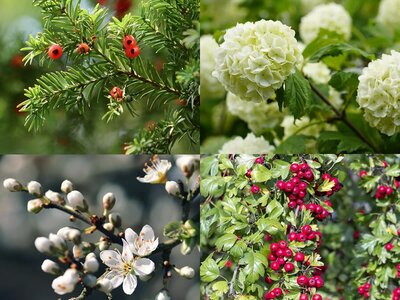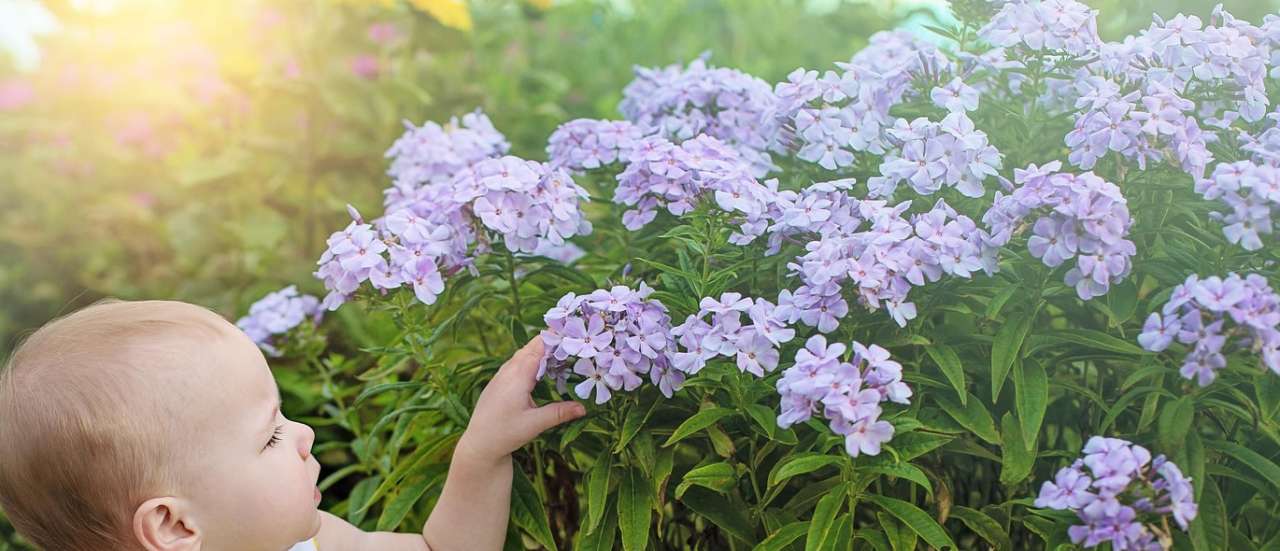 Child in sensory garden - Image by Jill Wellington from Pixabay
Child in sensory garden - Image by Jill Wellington from Pixabay
In today’s fast-paced world, finding moments to reconnect with nature has never been more important. A sensory garden is a wonderful way to do just that — a thoughtfully designed space that stimulates sight, smell, touch, taste, and hearing. These spaces offer a calming, therapeutic environment, promoting relaxation, creativity, and even improving mental health.
The good news is that they don't require a vast amount of space — just a little creativity and a desire to engage all five senses. Here's how you can create your own oasis of wellbeing, right in your back garden:
Before we get into how to stimulate those 5 senses, there's a few key considerations that often get overlooked.
- Comfort is Key - make sure you include provisions for adequate seating so your space is accessible and you have the opportunity to pause and relax.
- Accessibility - there's no point having areas of edible flowers or those with wonderful fragrances if you can't get near them, so think about your pathways. Remember that the materials you use for hard landscaping can also be 'sensory' - I personally love the sound of gravel beneath my feet that I have on some of the walkways in my garden.
- Plant heights and reach - you also need to think of who you want to be using your garden. If you're garden is to be designed with children in mind, then it's good to make sure there are plenty of colourful plants at eye level. You may also want them to be able to reach for that strawberry or smell that rose.
- Consider your space - yes a sensory garden can be the size of a park but it can be as small as a dedicated raised bed that contains a mixture of herbs, shrubs and flowers. Even a mix of container displays can be used to add sensory elements to a patio or balcony.
Sight - Create a Visual Impact
Visual appeal is at the heart of every garden, but sensory gardens take it a step further. Choose plants that offer striking colours, interesting leaf shapes, and seasonal changes to keep the garden dynamic and ever-changing.
Planting Suggestions:
-
Lavender (e.g Lavandula angustifolia): Silvery-green foliage and stunning purple blooms that catch the eye — and the nose!
-
Hydrangea (e.g. Hydrangea macrophylla): Bursting with colour in summer and often into autumn, these large flower heads can shift shades depending on soil pH, from vivid pinks to blues.
-
Japanese Maples (Acer palmatum): This family of small trees and shrubs come in a range of beautiful foliage shapes and colours that often change through growing seasons and offer lovely autumn colour.
Tip: Arrange colourful plants in clusters to create bold splashes of colour that are easy to enjoy at a glance
Taste - A Bed of Edible Delights
Adding edible plants encourages direct interaction with the garden — and nothing tastes sweeter than something you've grown yourself. As well as the more obvious fruits and herbs, you should also consider edible flowers, like nasturtiums, violas and calendula.
Planting Suggestions:
-
Strawberries (Fragaria × ananassa): Easy to grow in pots or beds, and loved by kids and adults alike.
-
Rosemary (Rosmarinus Officianalis): This evergreen shrub has a lovely fragrance throughout the year and is a tough little plant that will also tolerate being handled well for those that want to reach out.
-
Apple Trees (Malus domestica): A small apple tree provides beautiful blossom in spring and delicious fruit in autumn.
Tip: Place edibles at the edges of paths or seating areas so they are easy to reach and sample.
 Who doesn't love the sound of flowing water in the garden - Image by Peter H from Pixabay
Who doesn't love the sound of flowing water in the garden - Image by Peter H from Pixabay
Hearing - Promote the Sounds of Nature
A sensory garden should sound as beautiful as it looks. The gentle rustle of leaves, the murmur of water, and the hum of bees create a symphony of natural sounds.
Planting Suggestions:
-
Bamboo (e.g. Fargesia murielae): A hardy, clumping variety that whispers in the breeze.
-
Ornamental Grasses (e.g. Miscanthus sinensis 'Morning Light'): Tall, graceful and full of gentle movement.
-
Trees & Hedging: As well as adding sound features to your garden, you may also want to block certain noises, like traffic, out. Trees and hedges can be a great way to dampen out external sounds and they are also useful for blocking out anything unsightly that may negatively affect the visual aspect of your garden.
When it comes to sound, nothing is more relaxing than the sound of water, whether flowing over stones or pouring from a fountain or waterfall. Adding a water feature is the perfect way to add an auditory element to the garden
Tip: Position sound-producing plants near seating areas to fully appreciate their soothing effects.
Touch - A Tactile Experience
Texture is key to a rich sensory experience. Invite exploration with plants that are soft, rough, or feathery to the touch and remember to have these plants where they can be reached by little hands as well as large ones if you want children to interact with your space as well as the adults.
Planting Suggestions:
-
Lamb’s Ear (Stachys byzantina): Delightfully soft, this plant is a sensory garden essential.
-
Dahlias: This may not seem an obvious choice for 'touch' however, as well as adding vibrant colours to your sensory garden, these plants also require dead-heading if you want continuous blooms. Consider these and other plants that require dead-heading as this encourages you and others to get in there and physically interact with the plants.
-
Grasses & Ferns: Planting a range of grasses and ferns will provide texture throughout your garden and there is some delight to be had in brushing your hands across silky tassels and feathery foliage.
Tip: Place tactile plants along pathways where visitors are encouraged to reach out and explore.
Smell - Fill the Air with Fragrance
Scent is deeply connected to memory and emotion, and a fragrant garden can lift the spirits like few other experiences.
Planting Suggestions:
-
Old-fashioned Roses (e.g. Rosa 'Gertrude Jekyll'): A classic scent that fills the air with nostalgia and romance.
-
Thyme (e.g. Thymus vulgaris): Release its warm, spicy fragrance just by brushing past it.
-
Daphne (e.g. Daphne 'Perfume Princess'): One of the most powerfully scented shrubs, blooming early in the year when little else is awake.
Tip: Plant fragrant flowers near doorways, patios, or paths so their perfume welcomes you in.
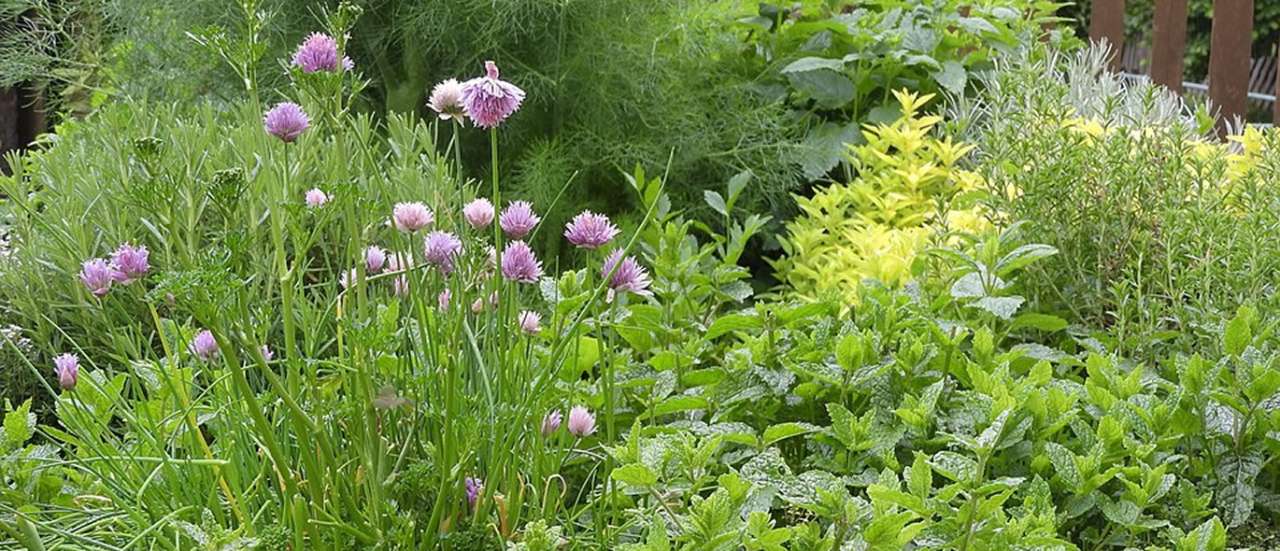 Sensory Garden - Image by MAKY.OREL (CC BY-SA 3.0)
Sensory Garden - Image by MAKY.OREL (CC BY-SA 3.0)
A sensory garden isn’t just a treat for the senses — it's a haven for the soul. By carefully selecting plants that engage sight, smell, touch, taste, and hearing, you can transform any outdoor space into a source of peace, inspiration, and joy. Whether you're looking for a place to unwind after a long day, stimulate children’s imaginations, or simply enjoy nature more deeply, a sensory garden is a beautiful gift you can create for yourself and your loved ones.
Ready to start your sensory garden journey? Visit one of our stores in Roscommon Town or Boyle today for expert advice, quality plants, and everything you need to create your own slice of paradise. Alternatively you can browse our store online and have your sensory delights delivered straight to your door!
If you're looking for inspiration on a grand scale, as well as a great day out, why not visit the Delta Sensory Gardens in Carlow, opened in 2007 as the first of its kind in Ireland!
Cover Image - The 'Sight' section of the sensory garden in Dromod, Co. Leitrim - Photo by Eoin Gardiner (CC BY-SA 2.0)
Hamepage Banner Image - Brushing the Lavender - Image by K47 from Pixabay

